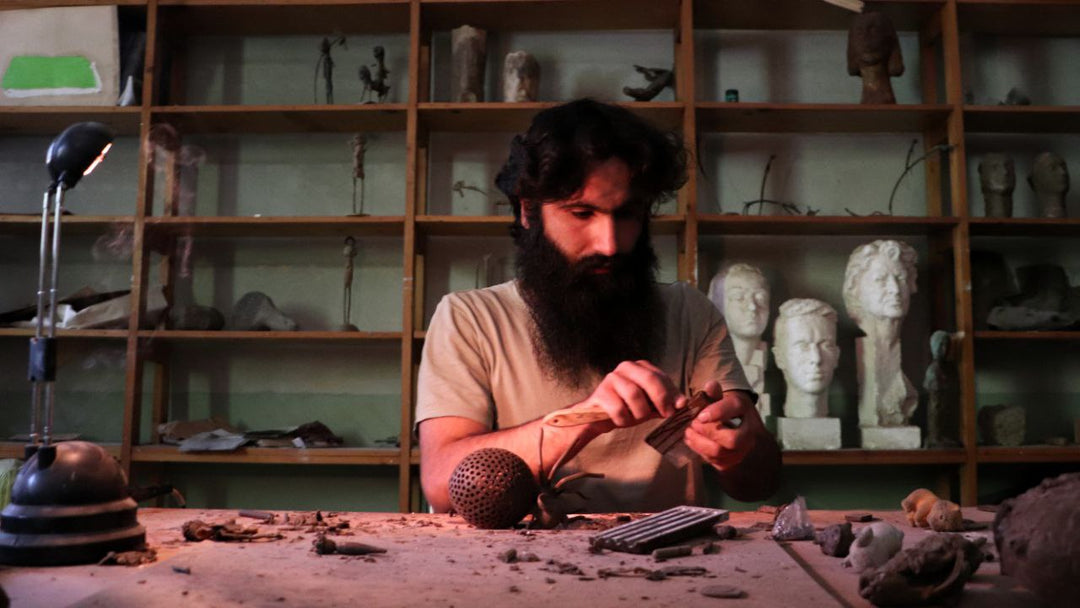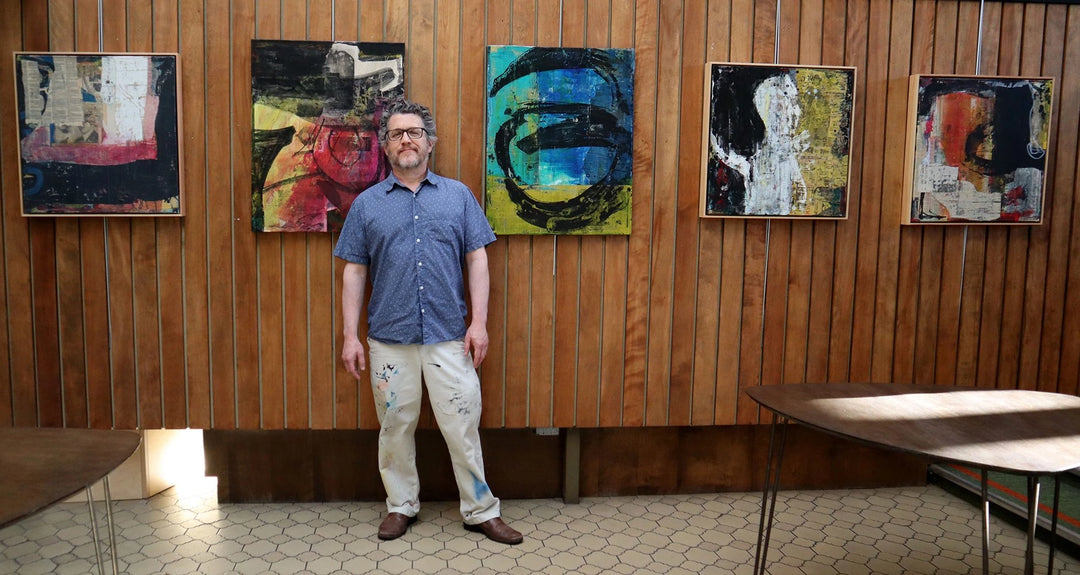Exploring the World of Contemporary Art

Contemporary art is a dynamic, evolving realm that encompasses a wide range of artistic styles, mediums, and themes. As an expression of the current era, it reflects the ever-changing landscape of our world and captures the essence of our time. In this blog post, we'll take a deep dive into the world of contemporary art, exploring its characteristics, notable artists, and the importance of engaging with this powerful form of creative expression.
Defining Contemporary Art: A Closer Look at the Intricacies of the Art World
Contemporary art, broadly speaking, refers to artwork produced during the late 20th and early 21st centuries. While it can be challenging to define due to its diverse nature, it typically includes works that push boundaries, experiment with new materials and techniques, and address current social, political, and environmental issues. This fluid category of art embraces a wide range of styles, including abstraction, minimalism, pop art, and street art, among others. Contemporary art is a complex and multifaceted term that can be challenging to define due to its fluidity and diverse nature. However, a closer examination of the concept helps us gain a better understanding of the nuances of contemporary art and what sets it apart from other movements and periods in art history.
A. Time Period:
Contemporary art generally refers to art produced from the late 20th century to the present day. It follows the modern art movement, which spanned from the mid-19th century to the mid-20th century and encompassed various styles such as Impressionism, Cubism, and Abstract Expressionism. While contemporary art shares some characteristics with modern art, it is distinct in that it reflects the current cultural, political, and social climate, making it an ever-evolving and adaptive art form.
B. Diverse Styles and Movements:
Contemporary art encompasses a vast array of styles and movements, making it difficult to pin down a single defining characteristic. Some prominent movements within contemporary art include:
- Minimalism: Characterized by simplicity and the use of basic geometric shapes and monochromatic color schemes, Minimalism emerged as a reaction against the complexity of Abstract Expressionism.
- Pop Art: This movement drew inspiration from popular culture, such as advertising, comic books, and consumer goods, incorporating these elements into bold, colorful works that often incorporated humor and satire.
- Conceptual Art: In this movement, the idea or concept behind the artwork takes precedence over its aesthetic or visual appeal. Artists often use unconventional materials and methods to provoke thought and challenge traditional notions of art.
- Performance Art: This form of contemporary art involves live, time-based actions or performances by the artist, often incorporating elements of theater, dance, and music.
C. Interdisciplinary Approaches:
Contemporary art often breaks free from the constraints of traditional artistic disciplines, embracing interdisciplinary approaches that combine various forms of media and artistic expression. For example, artists may combine painting with sculpture, photography, video, or digital technologies to create immersive and multi-sensory experiences for viewers.
D. Globalization and Cultural Diversity:
The contemporary art world has been greatly influenced by globalization, resulting in the increased representation of artists from diverse cultural backgrounds. This has led to a rich tapestry of artistic expression, as artists draw on their unique experiences, traditions, and perspectives to create compelling works that challenge the status quo and broaden our understanding of the world around us.
E. Engagement with Contemporary Issues:
One of the defining features of contemporary art is its engagement with current social, political, and environmental issues. Contemporary artists often use their work as a platform to raise awareness, spark conversation, and inspire change in response to pressing global challenges such as climate change, social inequality, and human rights abuses.
Characteristics of Contemporary Art:
Contemporary art is marked by several key characteristics that set it apart from other art movements:
- Diversity: Contemporary art embraces a wide variety of styles, mediums, and subject matter, reflecting the diversity of artists and their experiences.
- Experimentation: Artists often push the boundaries of traditional mediums, incorporating new materials and techniques to create innovative and thought-provoking works.
- Social and political commentary: Contemporary art often addresses current events and social issues, prompting reflection and discussion among viewers.
- Global perspective: With the rise of globalization, contemporary art incorporates influences from various cultures, fostering a sense of interconnectedness and shared humanity.
The contemporary art world is home to countless talented artists, each bringing their unique perspectives and styles to the table. Some notable figures in contemporary art include:
- Yayoi Kusama: A Japanese artist known for her immersive installations, sculptures, and paintings featuring bold patterns and vibrant colors.
- Ai Weiwei: A Chinese contemporary artist and activist, whose work spans various mediums and often confronts political and social issues in China and beyond.
- Banksy: An enigmatic British street artist whose satirical and subversive works have captured the attention of the art world and the general public alike.
- Kara Walker: An American artist whose powerful silhouettes and installations tackle themes of race, gender, and identity.

Engaging with contemporary art offers numerous benefits, both on a personal and societal level. Here are a few reasons why contemporary art is crucial:
- Encourages critical thinking: Contemporary art often challenges viewers to think critically about the world around them, fostering a deeper understanding of complex issues.
- Inspires creativity: The innovative nature of contemporary art can inspire viewers to explore their own creativity and push the boundaries of their artistic expression.
- Fosters empathy and understanding: By presenting diverse perspectives and experiences, contemporary art can promote empathy and understanding among individuals from different backgrounds.
- Supports artists and the creative economy: By engaging with and purchasing contemporary art, you support the livelihoods of artists and contribute to the growth of the creative economy.
Contemporary art is a vibrant and diverse world that offers a window into the current state of our society and culture. By exploring this realm of artistic expression, we can gain a deeper understanding of the world around us, engage with new ideas, and inspire our own creativity. At TsovArt Online Art Gallery, we are committed to showcasing the best of contemporary art, providing a platform for artists and art lovers to connect and celebrate the power of creative expression. Stay tuned for the latest updates on our collection and immerse yourself in the captivating world of contemporary art.
TsovArt










Leave a comment